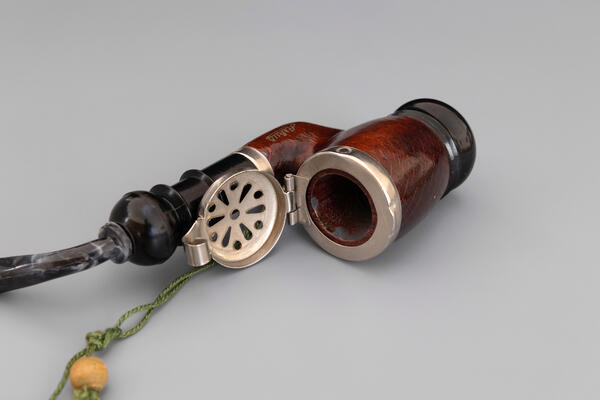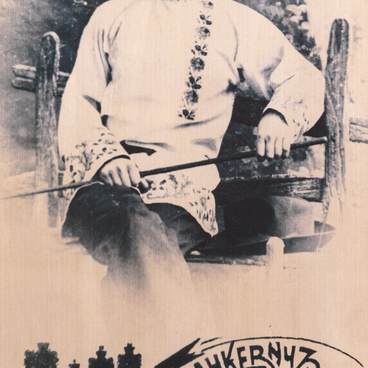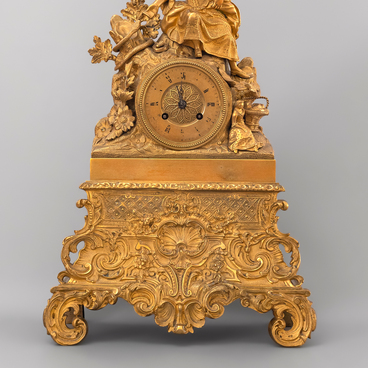The Penza Literature Museum houses a reconstructed study of the famous writer Nikolai Pavlovich Zadornov from his apartment in Riga. It features a writing desk and tall cabinets, filled with various books from floor to ceiling.
Among the books on the shelves, there are also a variety of souvenirs and gifts, most of which were purchased by the writer’s wife, Yelena Melkhiorovna Zadornova. Some of the most notable souvenirs include carved ivory items, such as Grandfather Mazay and the hares, a Chinese fisherman with his fishing rod, and bears with a barrel of honey playing music on double basses. There are also Kasli cast-iron sculptures. Especially dear to Nikolai Zadornov was the small sculpture of a Bashkir rider on a horse, “Mogusyumka, ” which reminded him of his first book, “Mogusyumka and Guryanych, ” and his wonderful youth when he fell in love with Yelena Melkhiorovna. Nikolai Zadornov also brought back souvenirs from his trips to Japan, which were particularly important to him. One such item is a replica of a smoking pipe that belonged to Admiral Yevfimiy Vasilyevich Putyatin. The admiral was also a character in Nikolai Zadornov’s historical trilogy about Japanese-Russian relations titled “Great Voyages.”
In Europe, tobacco products and smoking pipes became widely known only after the discovery of America. For a long time, smoking was looked down upon and even punished. In Portugal and Spain, for example, a person could go to jail for smoking. In the countries of the East, pipes usually had clay bowls, and mouthpieces were made from jasmine for cooler smoke. Expensive mouthpieces were made from amber. Smoking pipes varied in shape, material, and manufacturing process.



